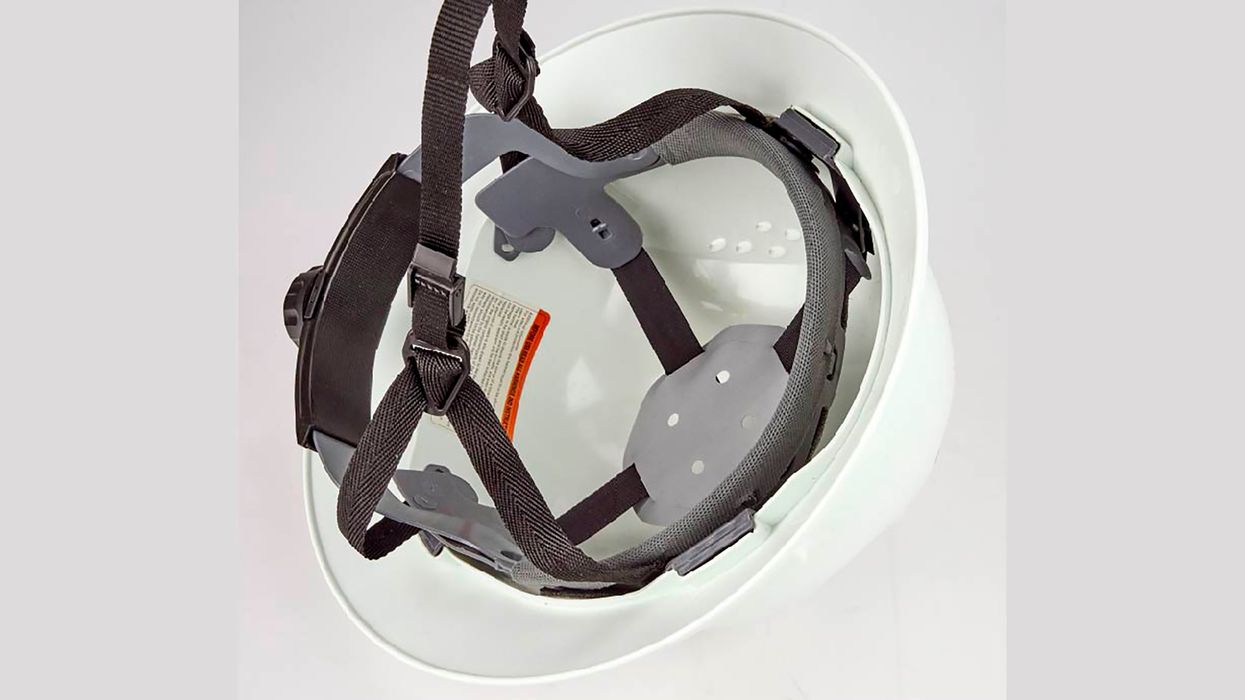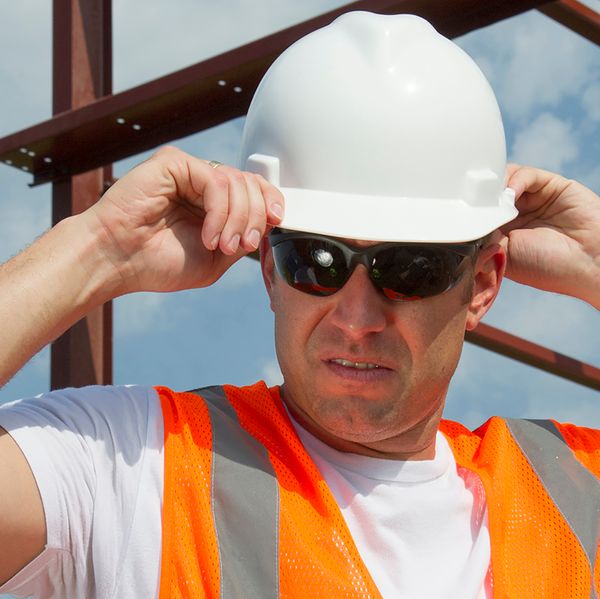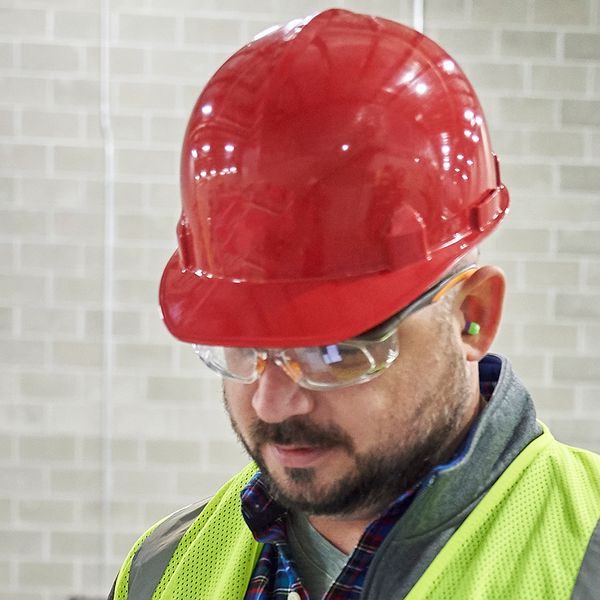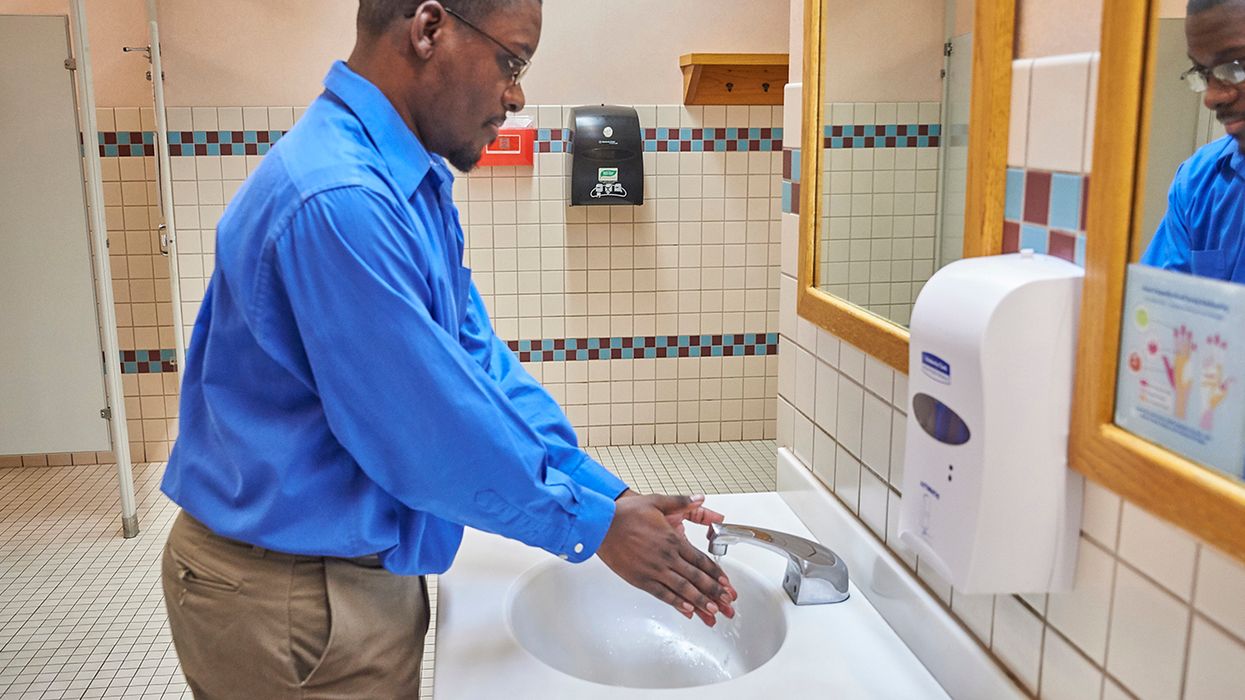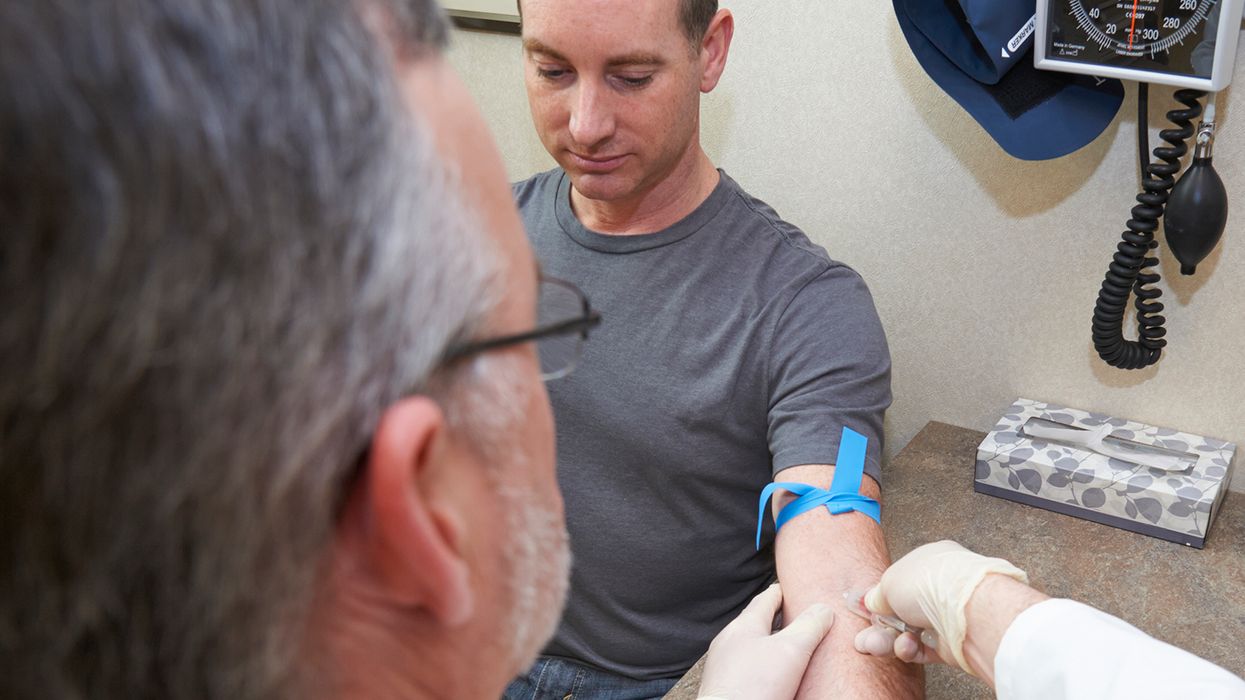Here is what you must know about head protection!
Did you know that hard hats are over 100 years old? That’s right! Construction workers were some of the first workers to wear hard hats. Common sense typically dictates when employees need head protection. However, if common sense doesn’t prevail, we have the OSHA regulations to fall back on.
In the construction industry, 1926.100 Head Protection states that employees must be protected in work areas with a possible danger of head injury from impact, falling or flying objects, or electrical shock and burns. Consequently, head protection is needed most of the time in construction. The general industry rule, 1910.135 Head Protection, states that the work environment will dictate the need for head protection. According to OSHA Enforcement Data, during 2023, the Agency has issued 60 citations to employers for violations to 1910.235, averaging $3,128 in penalties per violation.
1926.100 has been cited 9,725 times, with the average penalty totaling almost $2,000 per violation. In 2020, 43,540 workers suffered nonfatal head injuries involving days away from work. Providing head protection to workers isn’t enough. Employers must choose the correct type and class based on hazards in the workplace.
How hard hats protect your employees
OSHA doesn’t require workers to wear hard hats by default just because they’re in the workplace. It clarified this in a Letters of Interpretation dated February 20, 2004, saying, “… where no work is being performed overhead and there is no employee exposure to possible head injuries, there is no OSHA requirement that hard hats be worn …”
Head injuries are caused by falling, flying objects, or bumping your head against a fixed object. Other head injuries are from electrical shock and burns. Hard hats are designed to do two things: resist penetration and absorb the shock of a blow.
Hard hats lessen injury because they are designed with a hard outer shell and a suspension system inside. Workers should wear hard hats when working in an area with a possible danger of head injury from impact, falling or flying objects, or electrical shock and burns.
You may be exposed to the hazards of falling objects at work and need to protect yourself from the risk of head injuries. If there aren’t any falling object hazards, your employer might allow you to wear a bump cap. It protects your head if you bump into an object.
Types and classes of protective headgear
Hard hats will have a Type I or Type II rating on the manufacturer’s sticker. These markings are based on ANSI Z89.1’s impact ratings. Type I hard hats protect from objects or impacts from the top center area of the hard hat and are often used in work areas with no lateral head impact hazards. Type II head protection, on the other hand, offers protection from both top and lateral impacts and objects and is often found on construction jobsites or complex general industry settings where workers face multiple head contact exposures.
If hard hats have a bill that extends forward from the front of the hard hat or a full brim, it will help deflect objects away from workers’ face area. Type II head protections are called helmets! A growing number of employers nationally choose to use Type II helmets for their workers, recognizing the benefits of added head protection.
Workers don’t need to worry about which to choose from, though. Employers will select the proper type of hard hat to use. But if they switch between work activities, they should understand the different kinds of head protection they may be using.
Maintaining protective gear
Headgear should be inspected every day. Here are some suggestions for maintaining your headgear:
- Check your head protection for cracks (even hairline cracks), dents, and wear every time it is worn. Cracks and dents can reduce the degree of safety it provides. Exposure to temperature extremes, sunlight, or chemicals can shorten the life of thermoplastic protection. Discard head protection that is cracked or looks chalky or dull.
- Wash your head protection (especially the sweatbands and cradles) monthly in warm, soapy water and rinse thoroughly. You may need to use a solvent to remove tar, paint, oil, or other materials. However, some solvents can damage the shell, so consult the manufacturer to find out what solvents should be used. Replace worn sweatbands, if needed.
- Avoid painting your helmet. Paint contains solvents that may reduce the dielectric properties, if applicable, or affect the actual shell.
Pay special attention to the condition of the suspension system. This is important because it helps absorb the shock of a blow. Look for torn cradle straps, broken sewing lines, loose rivets, defective lugs, and other defects.
Key to remember
Remember that choosing the proper head protection for your workers will offer maximum head protection from side, rear, and severe impact blows. Prevent objects from falling by inspecting the work area for items placed where they could fall and moving them to a safer location.

